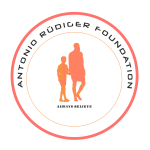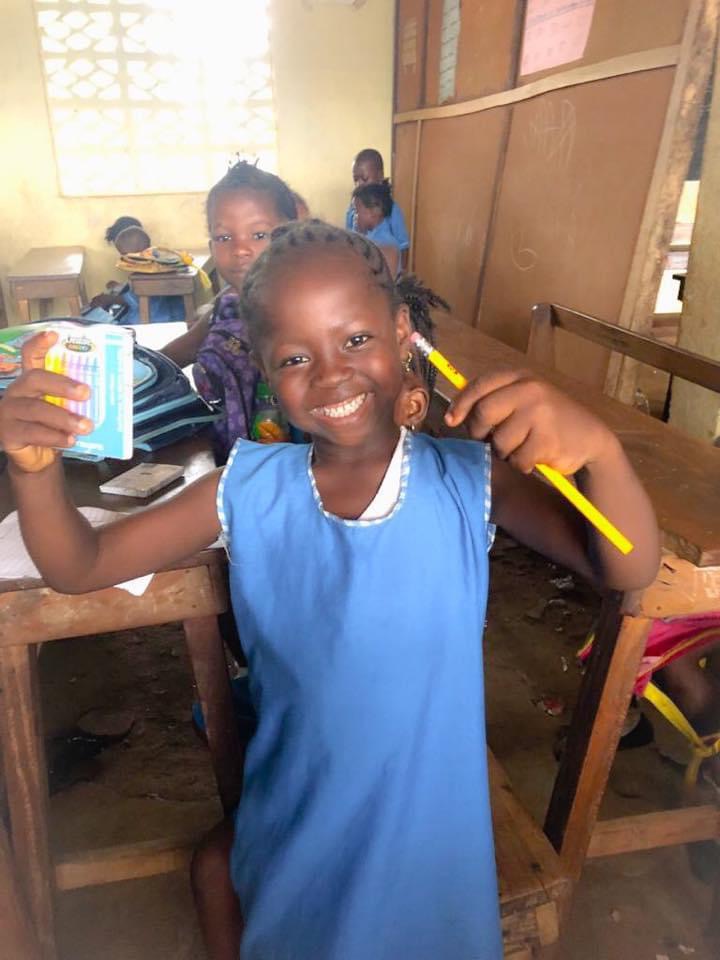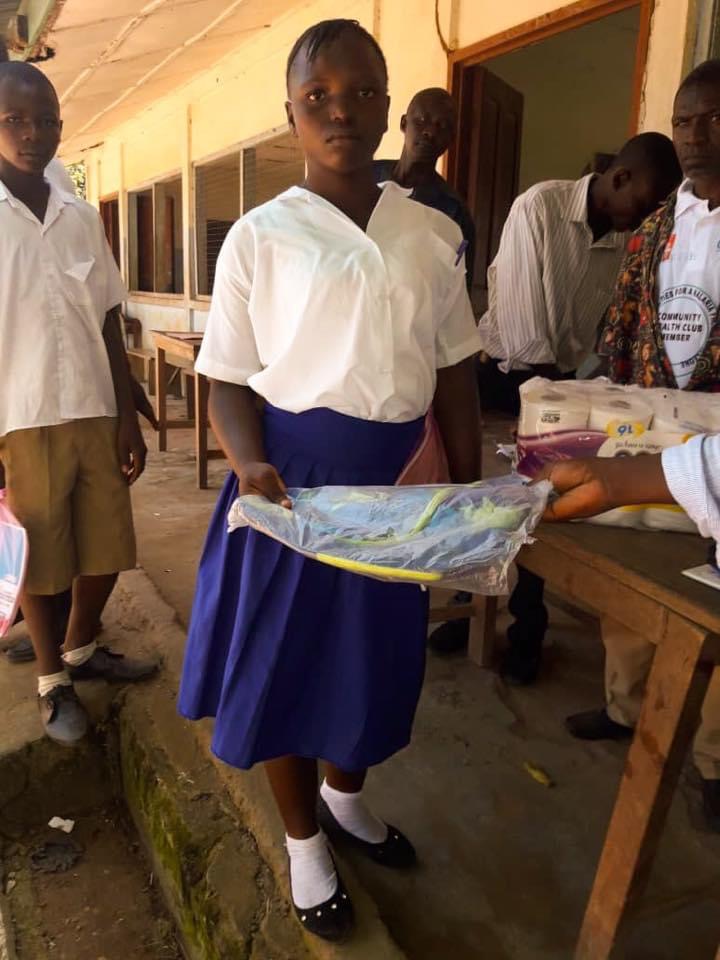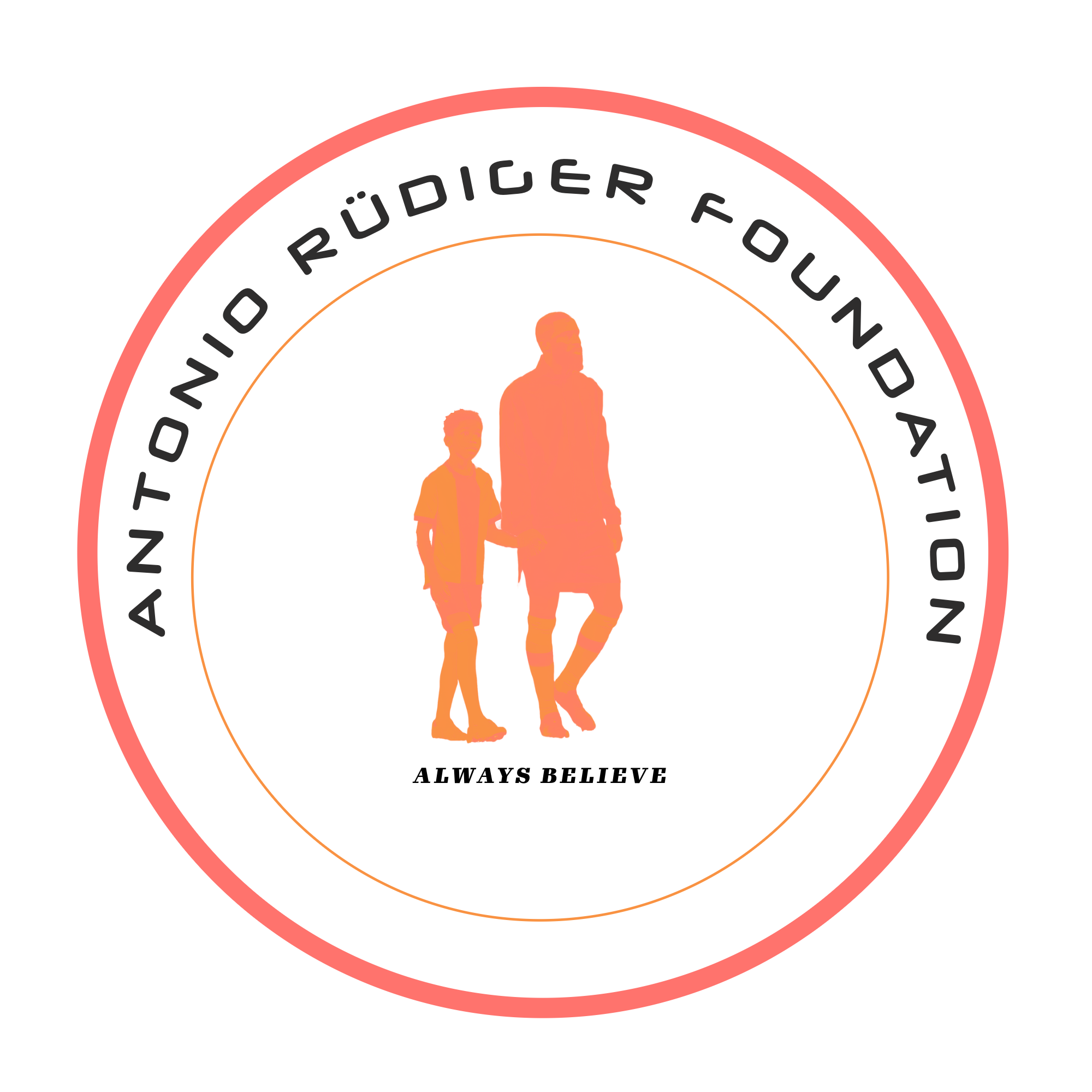Menu
- HOME
- What We Do
Education Program In Sierra Leone
Education Program
Let us take you on a journey through Sierra Leone’s population struggles and its quest for progress in the year 2024.
The Population Tapestry
Sierra Leone, with its rich history and diverse ethnic groups, weaves a colorful tapestry of humanity. As of 2024, the population stands at approximately 8.9 million souls, each carrying dreams, aspirations, and burdens. The median age hovers around 19.3 years, a youthful nation poised on the cusp of change.
But beneath the surface lies a deeper story. Sierra Leoneans have weathered storms—both natural and man-made. From civil wars to epidemics, they’ve emerged scarred but unyielding.
Education: A Flickering Candle
Education—the cornerstone of progress—remains a flickering candle in Sierra Leone. Schools struggle with overcrowded classrooms, inadequate resources, and underpaid teachers. The youth, once seen as the nation’s promise, now grapple with disillusionment. Yet, there are sparks of hope. However, challenges persist: outdated curricula, lack of infrastructure, and a shortage of skilled educators. The classroom walls echo the dreams of children yearning for a brighter future.
In 2024, Sierra Leone faces a dual challenge: a population exceeding 8 million and significant struggles in education and economic development.
- Literacy Rates: With only 43% literacy, particularly low in rural areas, access to education directly impacts economic growth.

 Source: Sierra Leone MICS 2017
Source: Sierra Leone MICS 2017 - Youth Unemployment: At 30%, youth unemployment remains high, exacerbated by inadequate education and skills training.
- Gross Enrollment Ratio (GER): Low GER, especially at the secondary level, indicates high dropout rates, reflecting barriers like poverty and inadequate infrastructure.
- Gender Disparities: Gender inequality persists, hindering girls’ access to education and depriving society of their potential contributions.
- Economic Impact of Education: Every additional year of schooling can increase per capita income by 10%, contributing to economic growth and social cohesion.
- Skills Mismatch: Despite high unemployment, employers struggle to find skilled workers, emphasizing the need to align education with market demands.
By addressing these challenges and prioritizing education, Sierra Leone can foster sustainable development and prosperity for its citizens.
A Call to Action
Sierra Leoneans ask themselves, “Why Always Sierra Leone?” It’s not a question of resignation but a rallying cry. Sierra Leoneans stand united, demanding change. They yearn for leaders who turn promises into progress, who light up their lives and empower their youth.
In this tale of struggle and hope, Sierra Leone’s population—its beating heart—holds the key. They dream of a nation where education flourishes, economic chains break, and the flickering candle becomes a blazing torch. For it is through collective action that they’ll break free from stagnation and usher in a new era of prosperity.
And so, Sierra Leone stands at the crossroads, its people echoing a timeless refrain: “We shall overcome.” The waves crash against its shores, whispering tales of resilience and defiance. The future awaits—a canvas waiting for their brushstrokes of progress.



